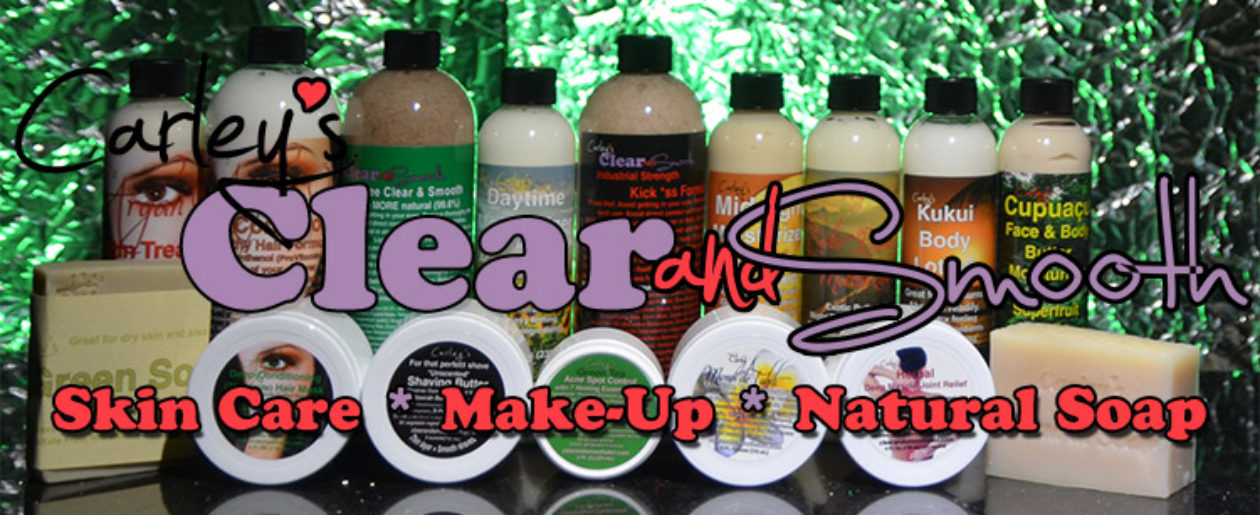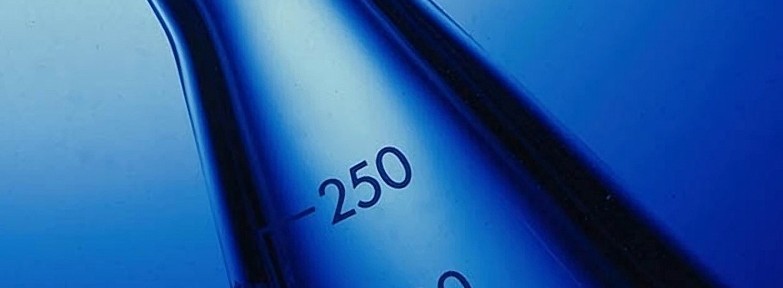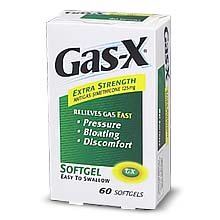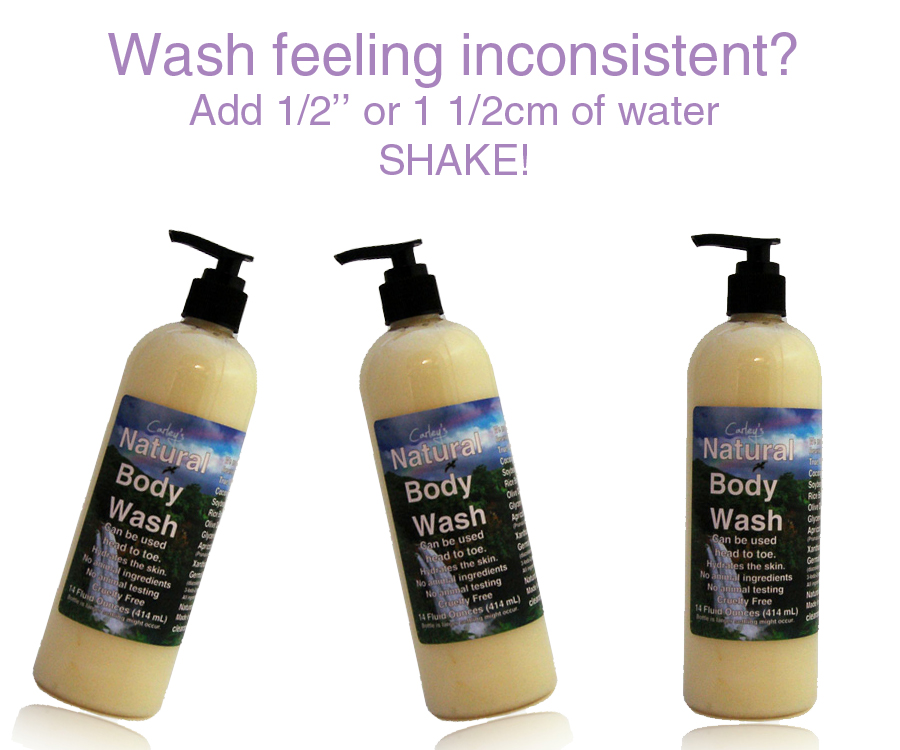It’s funny how history repeats itself. What is good for you one day is ineffective the next. There’s always something that is the next best thing”. We usually know little about this “next big thing” until it’s been here for years. Until we’ve actually seen the effects. This message someone made, as a knock against modern medicine, perfectly demonstrates this:
History of Medicine:
1000 AD: “Here, eat this herb.”
1700: “That herb is an old wives’ tale; take this elixir.”
1900: “That elixir is quackery; take this pill.”
1960: “That pill doesn’t do any good; take this antibiotic.”
2000: “That antibiotic isn’t safe; take this herb.”
This is obviously to be taken tongue in cheek. A knock against medicine – holistic and modern – in general. But it reminds an awful lot of the skin care industry! Here’s my take:
History of Skin Care:
2000 BC: “Here, put these essential oils on your skin.”
1000 BC: “Still have skin problems? Try sulfur.”
1920: “Sulfur irritating/drying your skin out too much? Try benzoyl peroxide.”
1960: “I combined all of those ingredients to make a cure! Try this ointment.”
1980: “Overused the ointments – now you have adult acne? Take this Accutane.”
2010: “Complications from Accutane? Try something a little more natural.”

You can’t fool nature. Powerful ointments may fool us into thinking “if I can just find a bit stronger one I will be clear.” Little do we know that makes things worse. As much as you may disdain the big companies and want to “go natural”, modern technology enables us to combine new methods with old. Here’s how a product can be made using the best of both worlds:
- New methods – Ability to ship anywhere in the world freshly made products.
- Old methods – Made fresh locally.
- New methods – Accurate, precise measurements and an artisan approach.
- Old methods – Long lost secrets of skin care ‘sorcerers’ to making moisturizers and products.
- New methods – Ability to import any high quality ingredient from anywhere in the world.
- Old methods – Use of oils and butters and herbs, that were only found locally in season.
- New methods – Absence of toxic ingredients that used to be used such as lead and mercury.
- Old methods – Absence of harsh ingredients currently used such as sulfur, heavy preservatives, acidic products, silicone/dimethicone and artificial fragrances.

This perfectly reflects the state of the food industry People of old ate a healthier and far simpler diet. The rise in processed food coincides with a series of complications. Even with all of the vast knowledge we have to know that it is bad for you! Who’s to say the skin industry doesn’t face the same problem?
Moisturizers and creams made the right way can look almost indistinguishable from home-made creams of old. They work better too. By combining the simplified methods of the past with modern technology, we really can get the best of both worlds!







